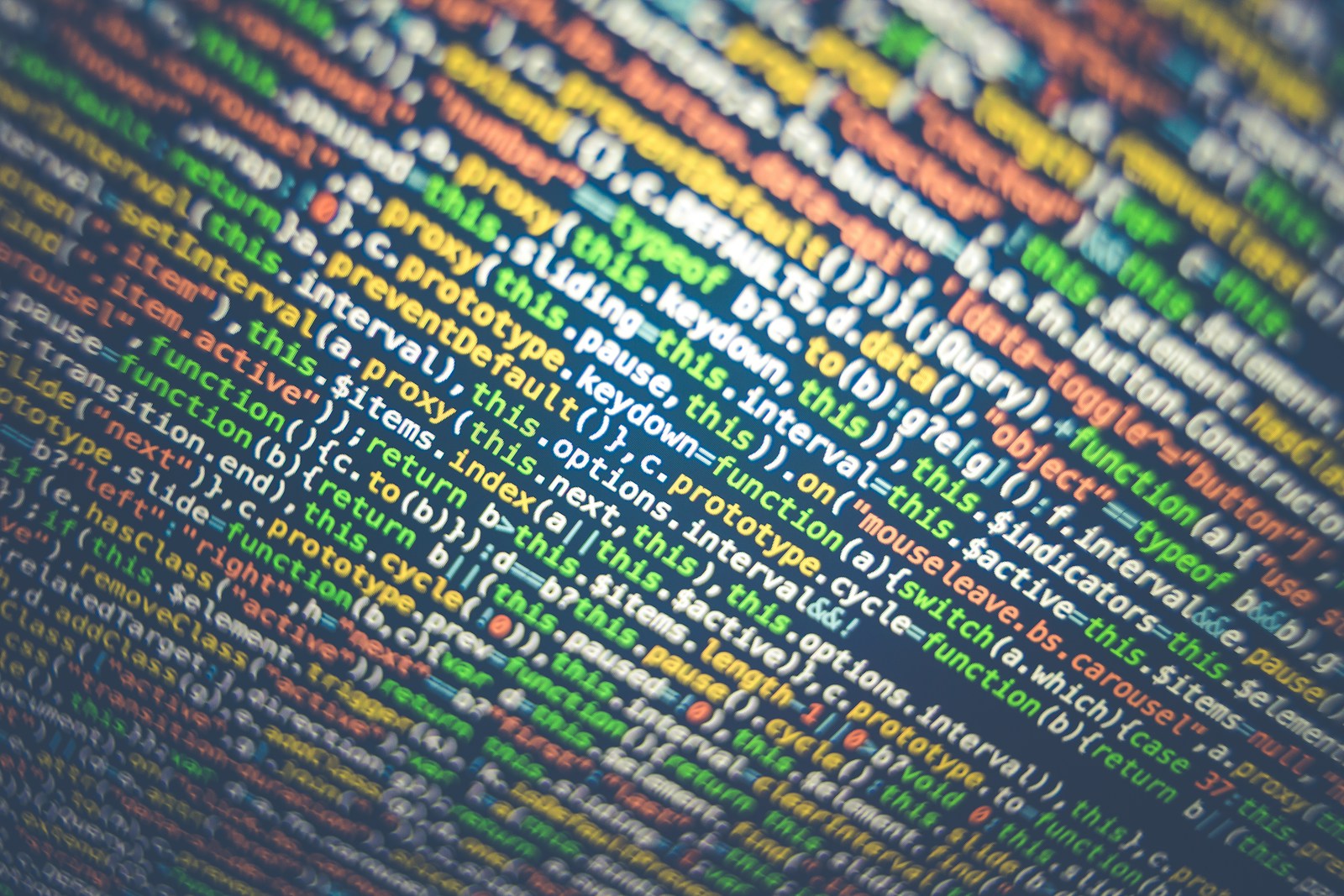Category: Quant Trading
-

-

-

Optimization Techniques (Grid Search, Genetic Algorithms)
Introduction Backtesting is the process of testing a trading strategy using historical data to see how it would have performed in the past. This helps traders understand if their strategy has potential profitability before risking real money. The goal is to simulate the trading strategy in a past market environment and analyze the outcomes. If…
-

-

Data Analysis: Data Cleaning and Preprocessing Explained
Introduction Data analysis is essential in any research, decision-making, or business strategy. However, before any meaningful insights can be drawn from data, the data must be prepared and polished. This is where data cleaning and preprocessing come into play. These two steps are crucial for ensuring data quality, accuracy, and relevance. Let’s break down each…
-

Programming Languages Overview
Introduction Programming languages are tools that help us write instructions for computers to perform tasks. They vary in design and use cases, with some specialized for data analysis, others for web development, and more. Let’s explore two prominent languages, Python and R, with a focus on their key libraries and frameworks. 1. Python: A Versatile…
-

-

Probability Theory
Introduction Probability theory is a branch of mathematics that helps us measure how likely an event is to happen. Imagine you have a coin, and you flip it. It can either land on “heads” or “tails.” Probability theory allows us to figure out the chance of each of these outcomes happening. Key Concepts in Probability…
-

Statistical distributions (normal, log-normal, t-distribution etc
Introduction Statistical distributions describe how values in a dataset are spread or distributed across possible outcomes. Understanding distributions helps us predict, analyze, and interpret data. Let’s break down some common statistical distributions in simple terms: 1. Normal Distribution Also called a Gaussian distribution or a bell curve, the normal distribution is one of the most…
-

Statistical Concept:Hypothesis Testing
Introduction Hypothesis testing is a statistical method used to make decisions or draw conclusions about a population based on a sample of data. It’s like having a “mini-experiment” to test whether what we see in the sample also applies to the larger group (the population). Let’s break down the key concepts: 1. What is a…
